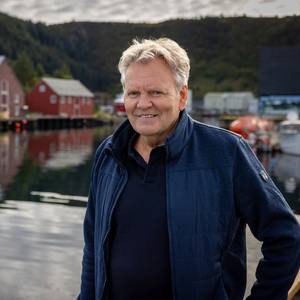
A new generation of hybrid vessels is demonstrating significant gains in both fuel economy and operational output. For Olympic Subsea’s owner and CEO Stig Remøy, it proves that technology-led efficiency is the fastest path to decarbonization—and a powerful business case.When Stig Remøy began pivoting Olympic Subsea toward subsea and renewables a decade ago
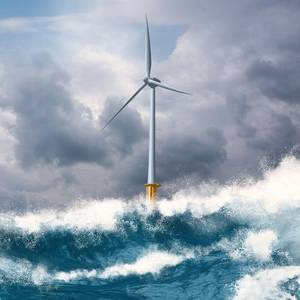
Companies that once committed to investing in U.S. offshore wind infrastructure and supply chains are now scrapping their plans as the industry experiences significant challenges. These setbacks stem from project delays, soaring costs, and the potential loss of federal support under former President Donald Trump’s proposed policies.
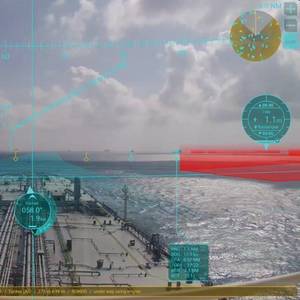
It’s already possible to have smart decision support on the bridge: With Furuno’s technology, live video imagery of the front view from the vessel has navigation information superimposed on it including heading, AIS data, radar target tracking, object identification, route waypoint and chart information.SEA.

A consortium of GE Vernova and Singapore’s Seatrium has secured a major contract from Dutch-German grid operator TenneT to deliver the BalWin5 offshore grid connection, a 2.2 GW high-voltage direct current (HVDC) transmission system designed to bring North Sea wind power to Germany’s electricity network.BalWin5 is expected to provide enough renewable electricity to supply about 2.

GE Aerospace's Marine Engines & Systems has received orders to supply eight LM2500 marine gas turbine engines for the U.S. Navy's next two Flight III Arleigh Burke-class guided-missile destroyers: the future USS Intrepid (DDG 145) and USS Robert Kerrey (DDG 146). Each destroyer is powered by four LM2500 engines
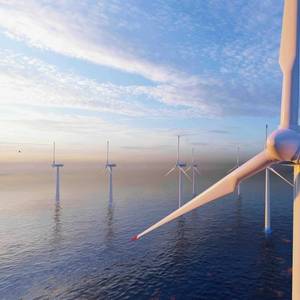
Offshore wind developers and equipment suppliers are bracing for a slowdown in business in France where a political crisis has stalled changes to the country's energy framework and government tenders.The threat of a further hit to France's economy comes after data released on Friday shows business activity declined faster than expected in October.

American Bureau of Shipping (ABS) has granted approval in principle (AiP) for VesselWise, a next-generation autonomous technology for optimizing propulsion to improve fuel efficiency and enhance operational stability.The technology was developed by HD Korea Shipbuilding & Offshore Engineering (HD KSOE), HD Hyundai Heavy Industries (HD HHI) and HD Hyundai Marine Solution (HD HMS) for LNG carriers.
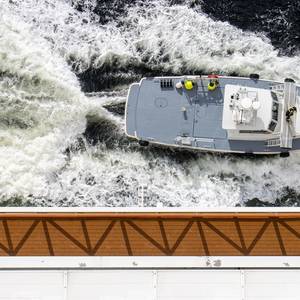
On January 16, 2025, the National Marine Fisheries Service (NMFS) formally withdrew its August 1, 2022, Notice of Proposed Rulemaking (NPRM) that sought amendments to the North Atlantic Right Whale Vessel Strike Reduction Rule that would have had the unintended consequences of endangering pilots, weakening navigation safety, and damaging the maritime supply chain on the East Coast.
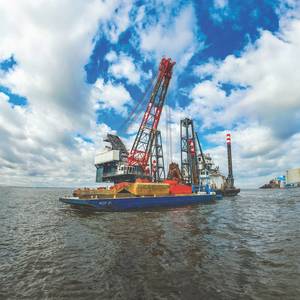
There’s more to domestic dredging than meets the eye. Dredging Contractors of America CEO Bill Doyle is just the guy tell you why.William P. Doyle serves as the Chief Executive Officer of the Dredging Contractors of America (DCA). DCA represents the dredging industry on key issues before Congress and is an active partner to the U.S.
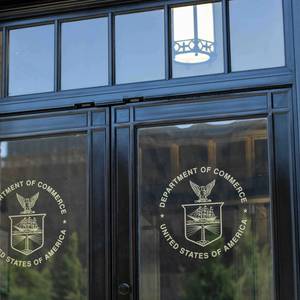
The U.S. in recent days suspended licenses for nuclear equipment suppliers to sell to China's power plants, according to four people familiar with the matter, as the two countries engage in a damaging trade war.The suspensions were issued by the U.S. Department of Commerce, the people said, and affect export licenses for parts and equipment used with nuclear power plants.

With the Hong Kong Convention (HKC) set to take effect on June 26, 2025, shipowners must comply with new regulations on safe and environmentally responsible ship recycling. DNV’s latest guidance, “Safe and Green Recycling for Shipowners,” outlines compliance with both the HKC and EU Ship Recycling Regulations (EU SRR).